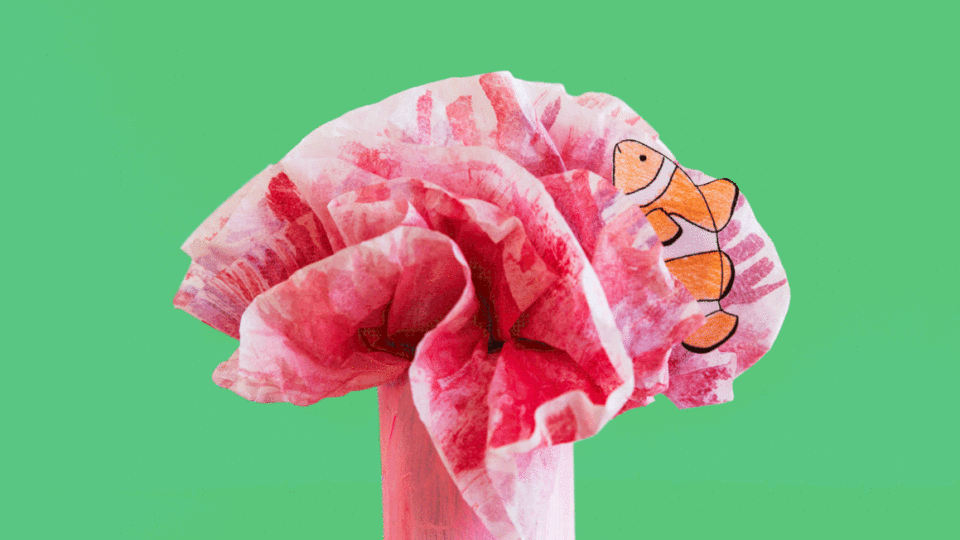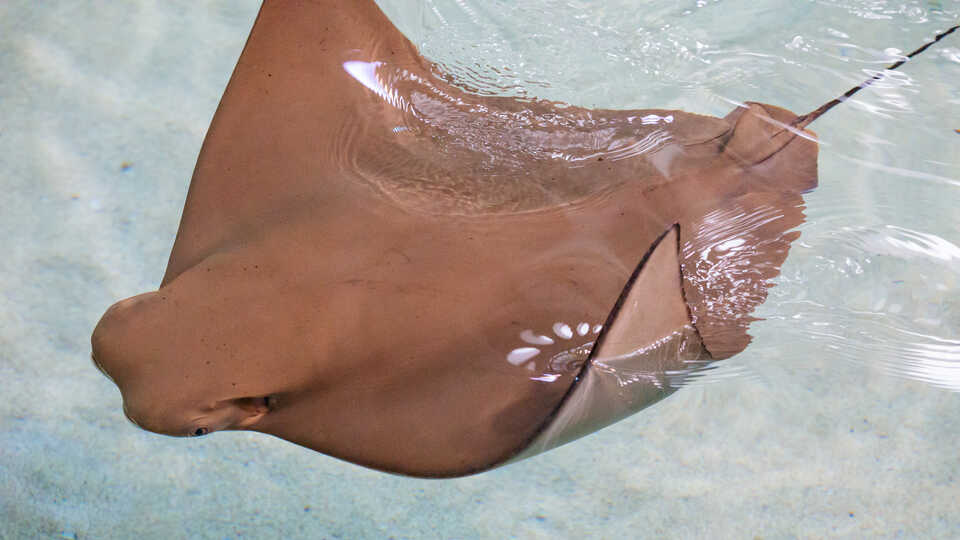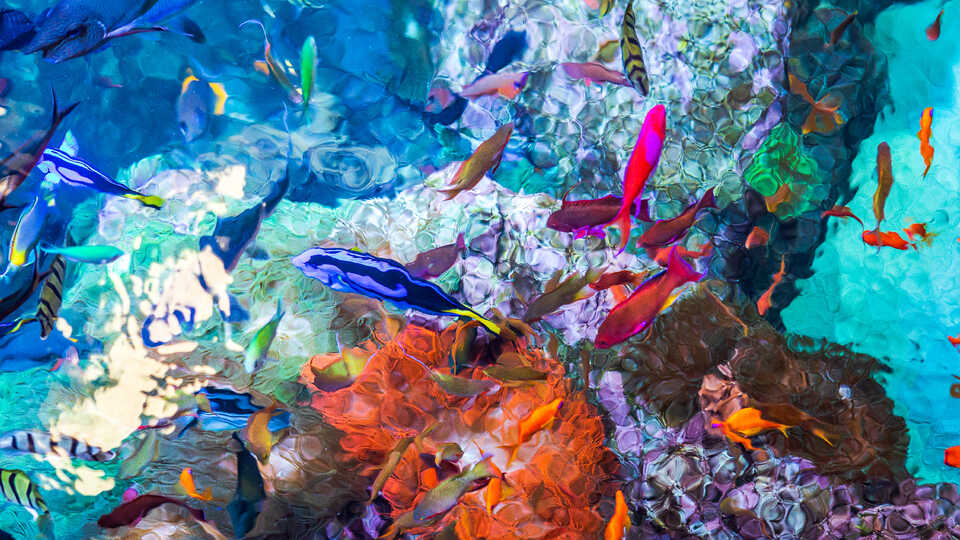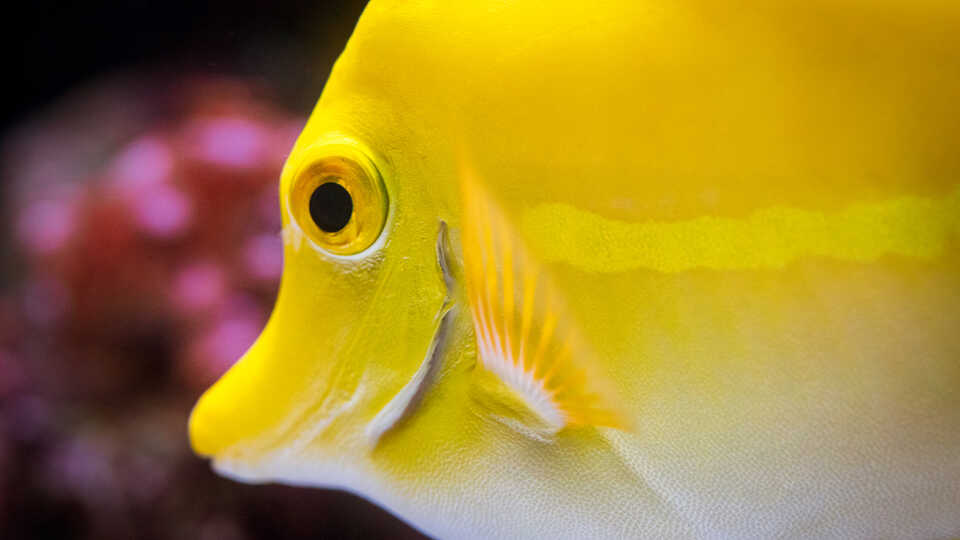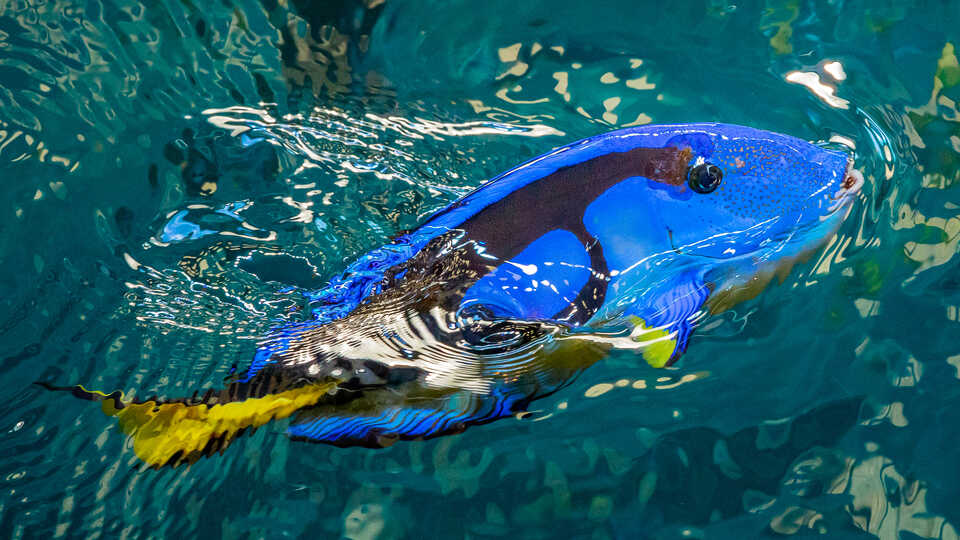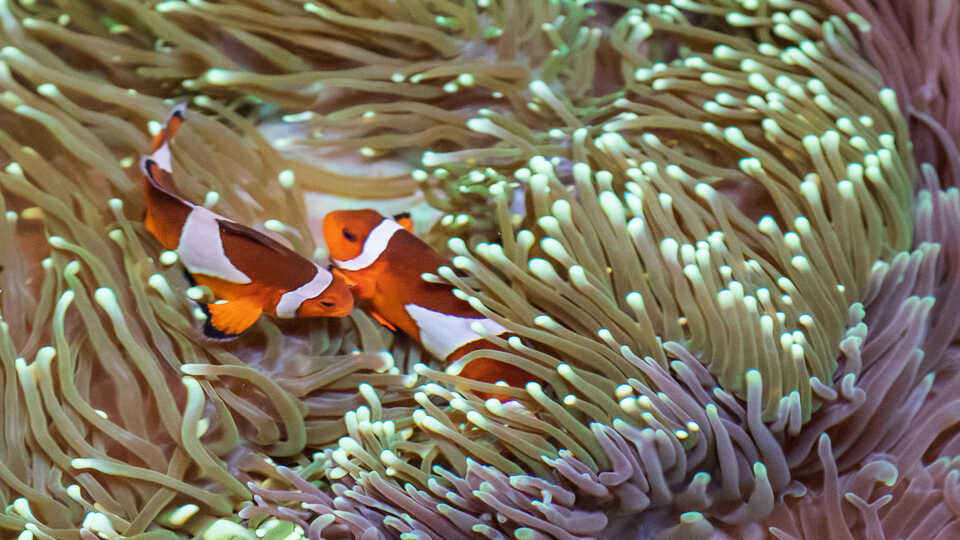Coral reefs are home to all the colors of the rainbow—and 25% of all fish species in the sea. From microscopic baby corals to mega-sized sea turtles, there’s room for everyone on the reef. Enjoy a week under the waves with science crafts, activities, coloring, and more.
Please note: While Science @ Home activities are designed to be conducted by kids, some little ones might need adult help with reading instructions and preparing crafts.
